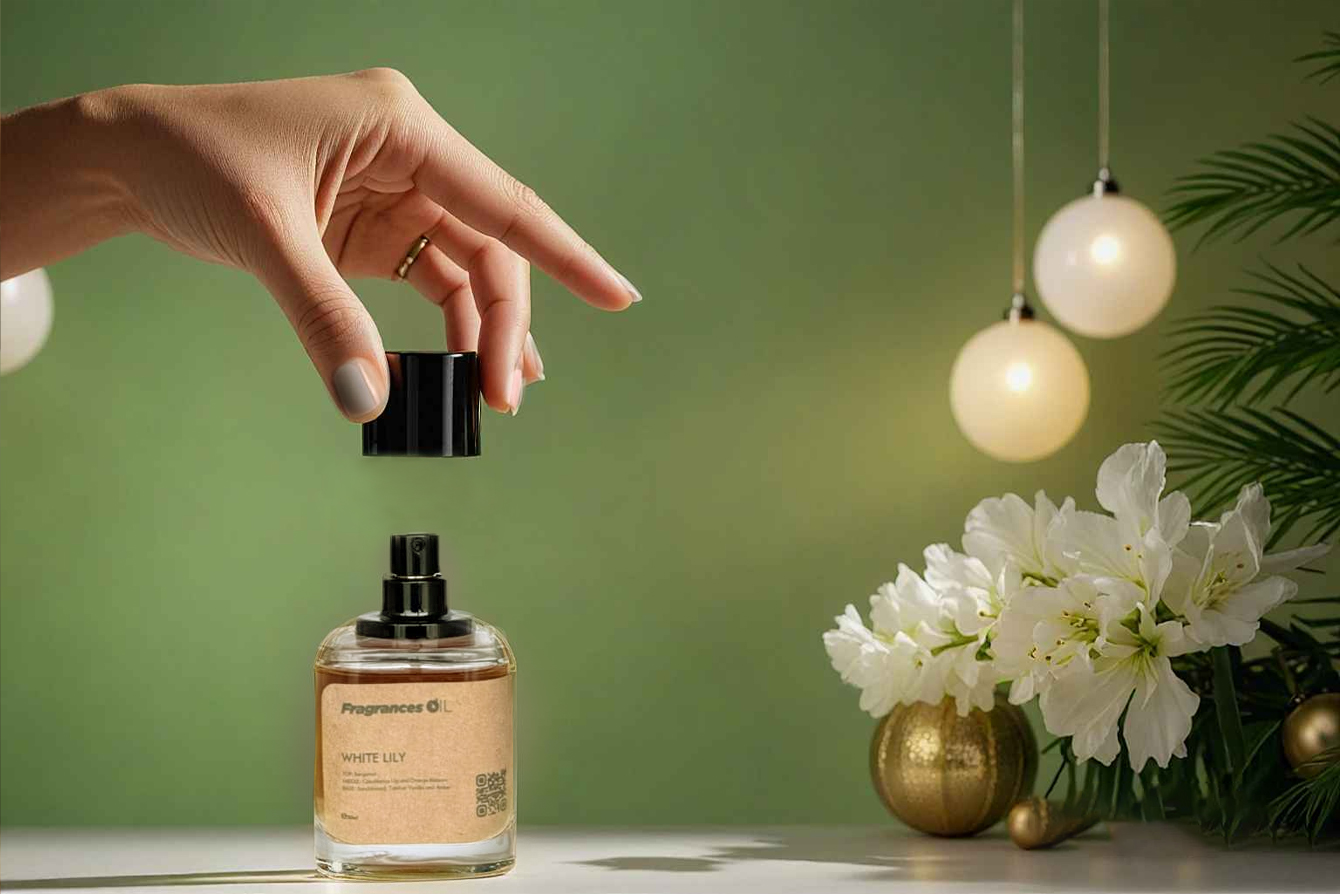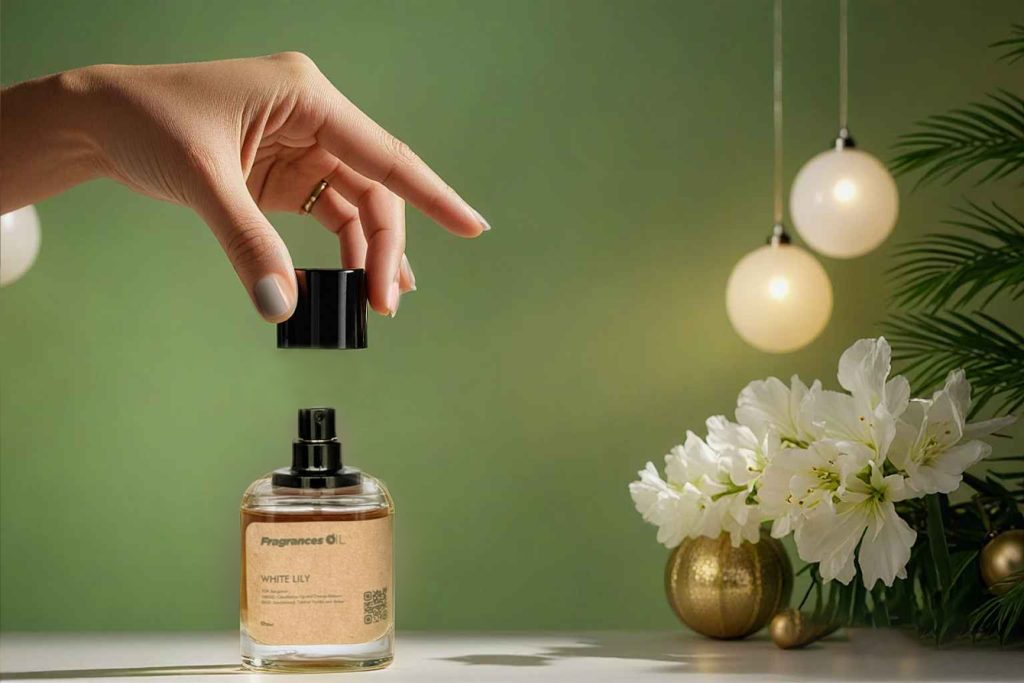

about how they smell and differ, right? The world of perfume can be confusing when there is conflicting information regarding definitions and categorization of perfume. You might be wondering what’s the difference between cologne and perfume. There is one of the common and major misconceptions around fragrance is related to cologne vs. perfume like the cologne is for men while perfume is for women, but it’s a false conception.
There are some things we should unpack on this topic, here we will give you complete information about what is the difference between cologne and perfume, who wears them, how essential oils contribute to fragrance type, most importantly different types of fragrances, and the concentration level in each type of fragrance.
Let’s take a look!
Difference Between Cologne and Perfume
The difference between cologne and perfume is mainly based on the volume of oils utilized in the fragrances. Cologne smells lighter, less intense, and doesn’t last as long as perfumes because they have a lower concentration of fragrance oils than perfume. Cologne is often described as a light and fresh fragrance, good for everyday use. The fragrance of the cologne is heavier than any lotion but lighter than a perfume.
On the other side, perfumes have a higher concentration of fragrance oil so smell much stronger and are typically worn on special occasions.
Who Wears Them?
The lightest concentration which means cologne along with other conventionally masculine scents like musk was promoted exclusively for men in the 20th century, to get them to wear fragrance. However, this is a false impression that cologne was especially designed to appeal to men because today more and more fragrances are being classified as unisex.
How do Essential Oils Contribute to Fragrance Type?
Essential oils are natural extracts sourced from botanical plants, their scents can identify the difference between cologne and perfume. Gentle scents like rosemary, mint, sage, and lavender are typically found in colognes. Whereas, heavier scents like patchouli and sandalwood are often found in perfumes. Concentrated essential oils have a strong scent, in specific ratios they are diluted with water and alcohol to create a variety of fragrances.
Types of Fragrances
1. Perfume
Perfume is a type of fragrance applied to the skin. It is made with a blend of synthetic fragrance ingredients, essential oils, and solvents such as alcohol. A perfume can be worn to enhance the mood, presence, and smell, often described as an experience as opposed to an everyday smell.
2. Cologne
Technically, the term cologne refers to a very light oil concentration, contains more alcohol, and only lasts for a couple of hours. That’s why, not suitable for all day but a great option for a quick pick-me-up.
3. Eau de Parfum
The scent of eau de parfum depends on the type and amount of essential oil that is used in the product. Eau de parfum comes in a different variety of scents and is considered to be a lighter version of the same scents as perfume. These can vary greatly in quality, so it’s better before buying the scent, test it on your skin.
4. Eau de Toilette
Eau de toilette is usually made from fragrance, alcohol, oil, and water. Eau de toilette has the same components as Eau de parfum with use of less of each ingredient. The presence of alcohol in eau de toilette gives it a distinctive smell and may also contain other ingredients like water and glycerin. The concentration of scent will definitely affect how strong the scent will be, so if you want a more subtle scent, then we need to choose the one with less alcohol.
5. Eau Fraiche
Rich, lingering perfumes are not the choice of everyone. For those who prefer subtle scents, there are multiple high-quality options available that we call Eau Fraiche. This is the lightest of all scents, considered as barely perceptible scents tend to smell fresh, focusing on notes that are vibrant and crisp.
What is the Concentration Level in Different Types of Fragrances?
The term concentration in perfumery refers to the percentage of fragrance concentrate like essential oils, absolute oils, and aroma chemicals in the perfume vs. the alcohol base. While the concentration might vary by brand, in general, the below table can serve as a loose guideline for understanding what you are getting based on the concentration that is listed on the bottle:
Perfume = 30-50% concentration
Cologne = 3-5% concentration
Parfum = 20-30% concentration
Eau de Toilette = 5-8% concentration
Eau Fraiche = 1-3% concentration
Fragrances Oil offers a wide collection of luxurious fragrances at economical prices for both men and women as per the preferences and choices of every person, to explore them visit our website.
